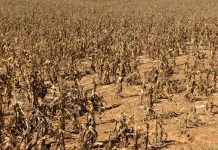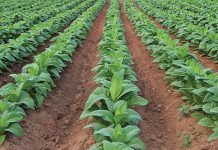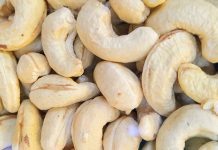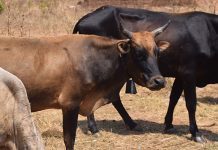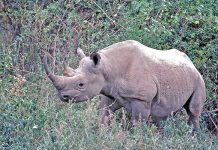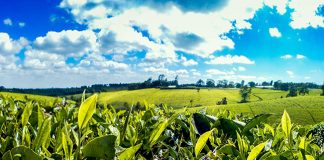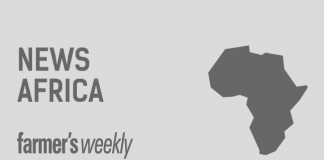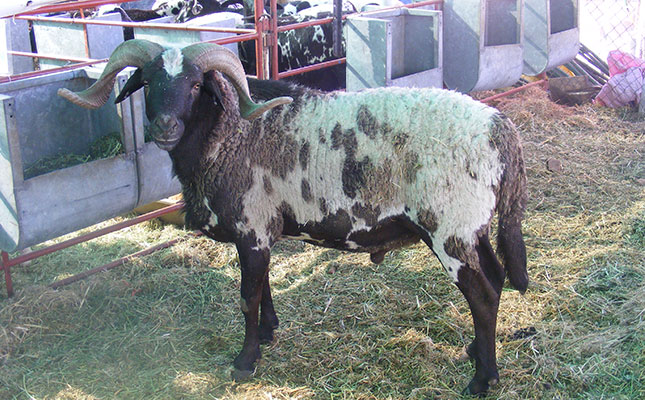
Photo: Annelie Coleman
While most agricultural industries in Namibia achieved positive results in 2021, international trade restrictions imposed in an attempt to contain the COVID-19 pandemic has had a severely negative impact on the country’s Swakara industry.
This resulted in revenue declining 87,9% in 2020 compared with 2019. The average value of Swakara production in Namibia was estimated at N$37 million (R37 million) between 2016 and 2019, but this fell to N$2,7 million (R2,7 million) in 2020, and N$6,8 million (R6,8 million) in 2021.
According to the Namibian Swakara Board, a flock of a dozen purebred karakul sheep arrived in Namibia from the steppes of Central Asia in 1907, on which the modern “luxury Swakara fur” farming industry was built.
Over the past century, Swakara had become a mainstay of the agricultural economy in the dry southern and western regions of Namibia, with the fur regularly being featured in designer couture on international catwalks.
In terms of livestock production in general, however, the Namibia Agricultural Union (NAU) said in a statement that the value of the sector improved 146,7% year-on-year (y/y) in 2021.
Strong demand for cattle, sheep, and goats pushed producer prices upwards, thereby increasing the production value of cattle, sheep, and goats by 12,3%, 22,5%, and 26,3% y/y, respectively.
“Since the inception of the country’s pork promotion scheme, local pork production has been stable, and in addition, the 2021 pork ceiling price grew on average to N$37,9/kg from N$34,80/kg, [for] an 8,8% increase in price,” said Bertha Ijambo, NAU economist, in the statement.
Meat prices improved by an average 12,9% in 2021, compared with the corresponding period in the previous year.
Globally, subdued demand due to weak consumer purchasing power because of job losses, as well as adverse weather conditions, affected agricultural production in key areas, which disrupted global commodity supplies, the statement said.
According to Ijambo, Namibia saw similar trading patterns, with overall food prices increasing 6,1% y/y from 2020 to 2021, mainly due to increases in the price of oils and fats (13,8% y/y), meat (13,3% y/y), as well as bread and grains (3,2% y/y).
The estimated production value of poultry (including broilers and eggs) in Namibia stood at N$1,2 billion in 2021, for a 13,4% increase y/y.
This was the result of increased broiler sales, while the egg subsector’s contribution dropped 19,3% from the previous year, due to an influx of imported eggs.
Egg producers consequently decreased their production stocks by about 20%, which negatively affected output, the statement said.


